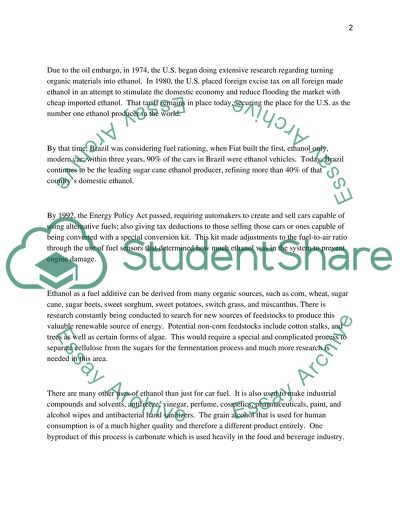Cite this document
(“Ethanol Essay Example | Topics and Well Written Essays - 2000 words”, n.d.)
Retrieved from https://studentshare.org/environmental-studies/1410447-ethanol
Retrieved from https://studentshare.org/environmental-studies/1410447-ethanol
(Ethanol Essay Example | Topics and Well Written Essays - 2000 Words)
https://studentshare.org/environmental-studies/1410447-ethanol.
https://studentshare.org/environmental-studies/1410447-ethanol.
“Ethanol Essay Example | Topics and Well Written Essays - 2000 Words”, n.d. https://studentshare.org/environmental-studies/1410447-ethanol.


